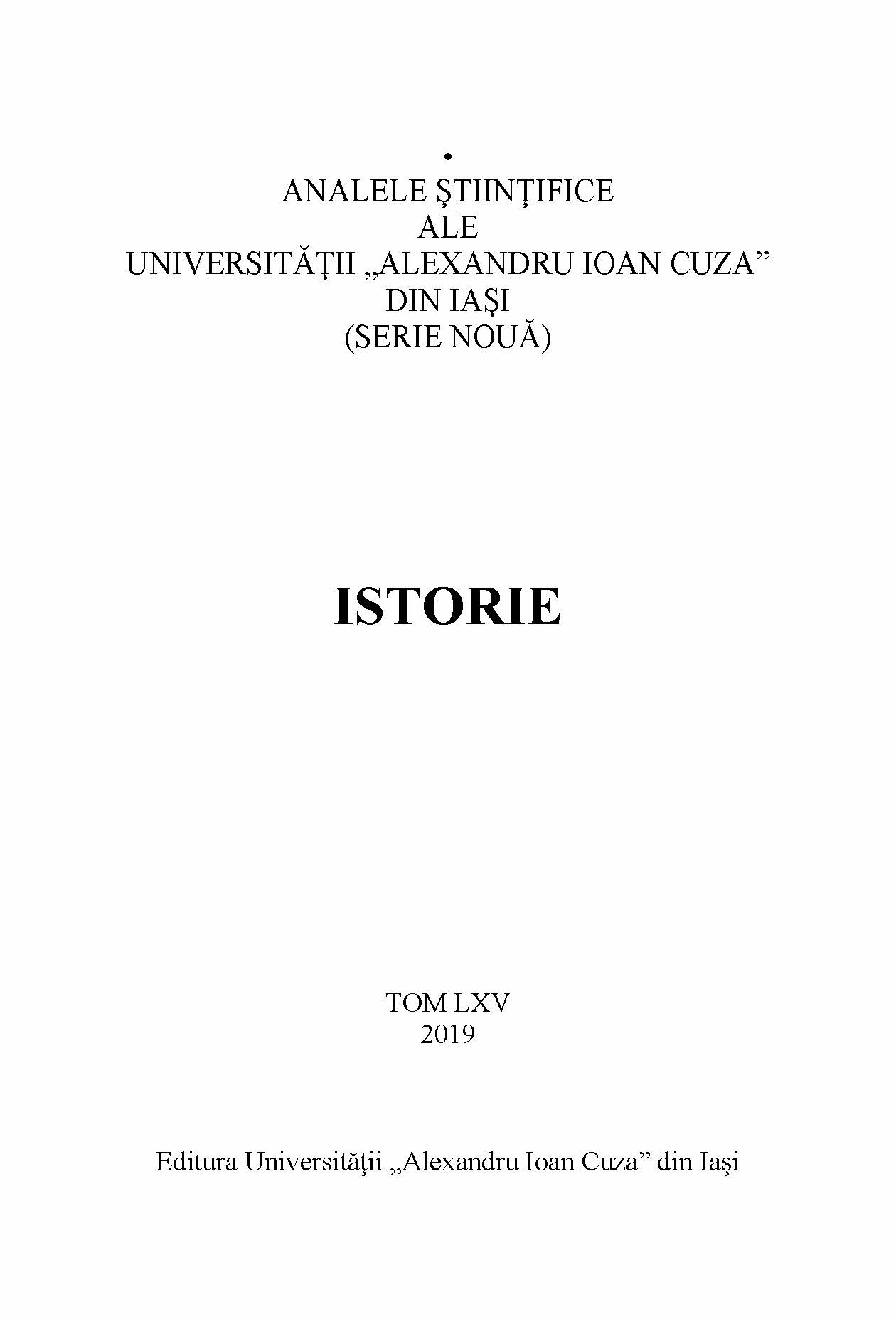Condeiuri peregrine despre culorile universului rural
Peregrine pens on the colours of the rural universe
Author(s): Lucian-Valeriu LefterSubject(s): History, Anthropology, Visual Arts, Ethnohistory, Social history
Published by: Editura Universităţii »Alexandru Ioan Cuza« din Iaşi
Keywords: history of colours; travel memories; coloured woven fabrics; symbols; ethnology; Romanian village
Summary/Abstract: The foreign travelers who had crossed the Romanian territory in different periods of history wrote also about the colours observed especially on the woven fabrics decorating the houses. The present paper traces back the perpetuation of certain colours in the Romanian rural universe, starting with an eloquent example, that of Marcel Fontaine, captain of the French Mission in Romania during World War I (1916-1918) and author of memories about people, places and mainly colours from the Southern half of Moldavia. He noticed the white and blue peasant houses placed between green hills and forests, decorated with carpets using bright colours, including red, yellow, black or green geometric motifs (rhombuses, squares, lines); moreover, the clothes had bright colours, red and yellow, prevalently. The incursion into the past offered by the narratives of other foreign travelers to Romania, such as Martin Gruneweg in 1583, Paul of Aleppo in 1653, who noticed the carpets on the walls but also the stoves painted in red and green, or Alexandre d’Hauterive, who, in 1785, in Vaslui, noticed the red ceiling of the room, complete the image of the Romanian rural world.More than a century ago, in 1908, folklorists Tudor Pamfile and Mihai Lupescu researched the topic of old colours used in Romanian woven fabrics and noticed their harsh, dark, manly appearance and a limited range of colours: “natural white, natural black and brownish black or pure black, nice yellow and dark red. Blue must have appeared later, just like green, which can be obtained by mixing yellow and blue”. Generally speaking, out of all woven fabrics, towels have best preserved the archaic background, the esthetic effect, being a result of the autochthonous embroideries’ favourite chromatic binomial, red-black, which enhances the feeling of movement; black would be later replaced by blue. As a comparison, the Mediaeval Occident after the year 1000, in the view of Michel Pastoureau, uses a new order of colours, the old triad white-red-black being replaced by blue-yellow-green. Only folklore of Mediaeval origin has preserved traces of the old chromatic system, white-red-black, in folktales and fables. Similar chromatics has been also sporadically traced in the Romanian space, namely in the conservative, predominantly agrarian areas, such as those of Bârlad Plateau in the Southern part of Moldavia. The old carpets made in this area use red as prevailing background and woven, mainly geometric motifs, and these elements suggest the archaicity of these weavings in a Romanian rural world placed at the periphery of the storm of modernity.
Journal: Analele Ştiinţifice ale Universităţii »Alexandru Ioan Cuza« din Iaşi. Istorie
- Issue Year: 2019
- Issue No: 65
- Page Range: 187-195
- Page Count: 9
- Language: Romanian
- Content File-PDF

